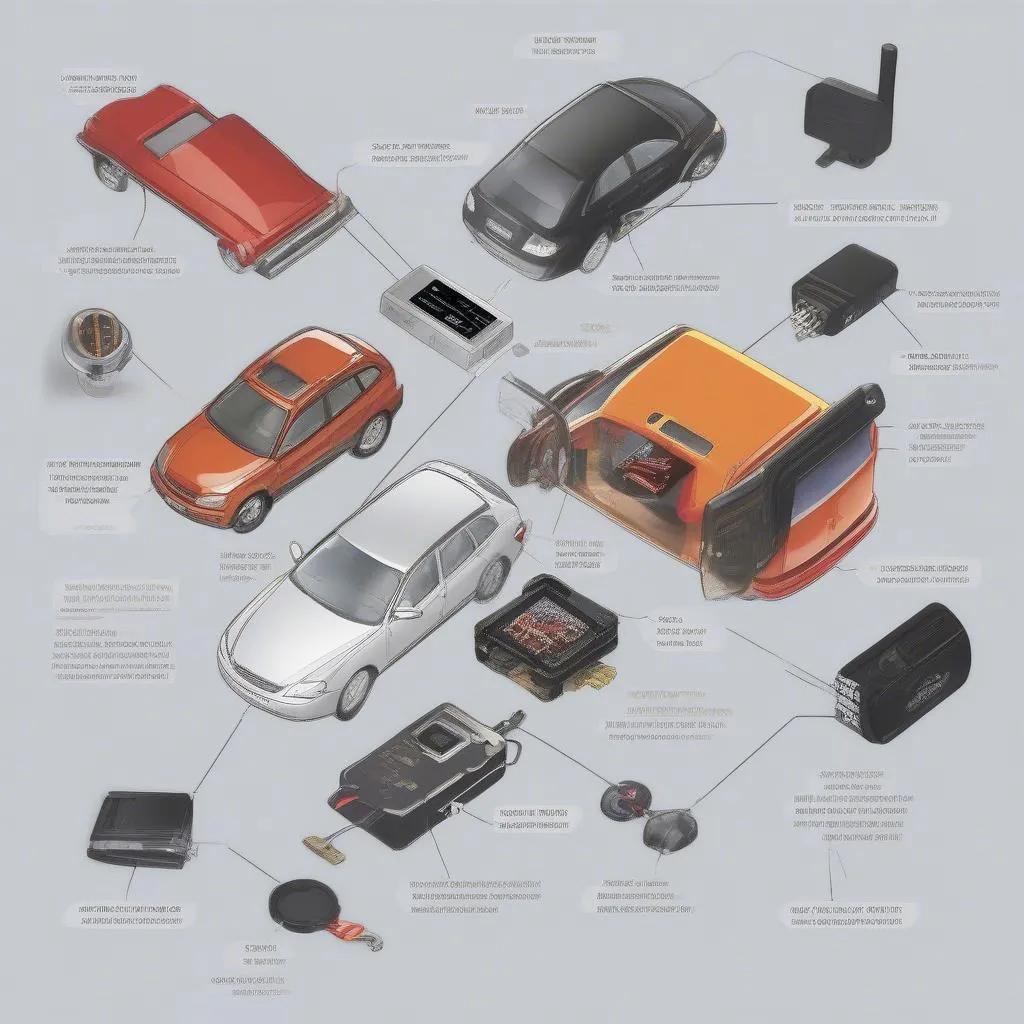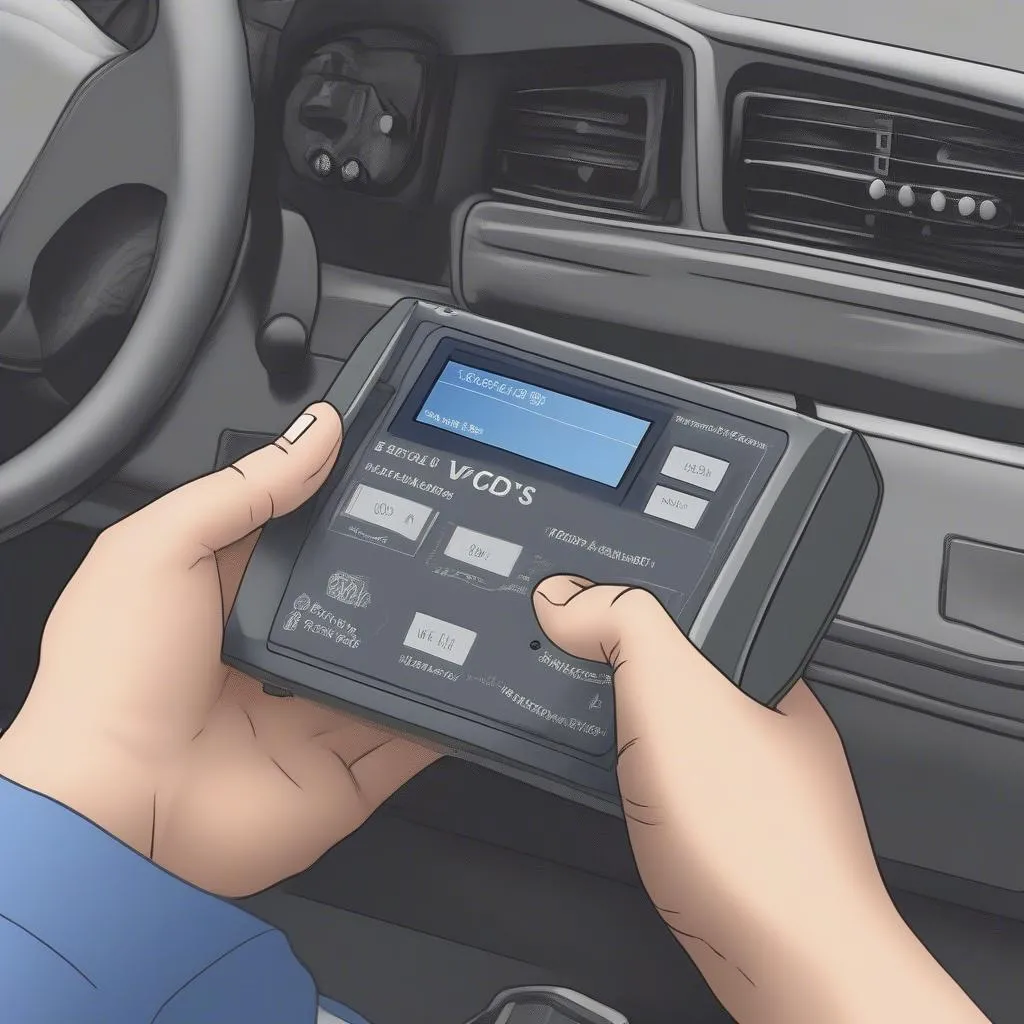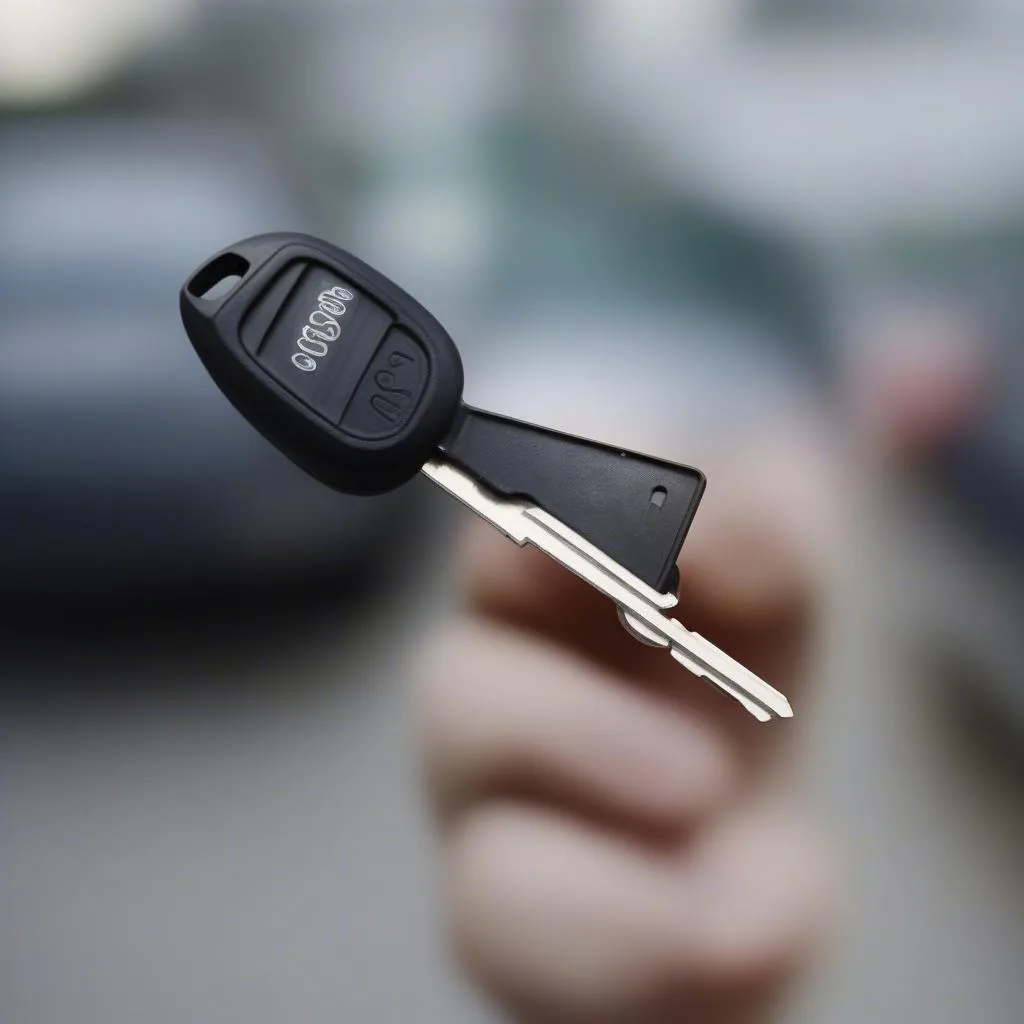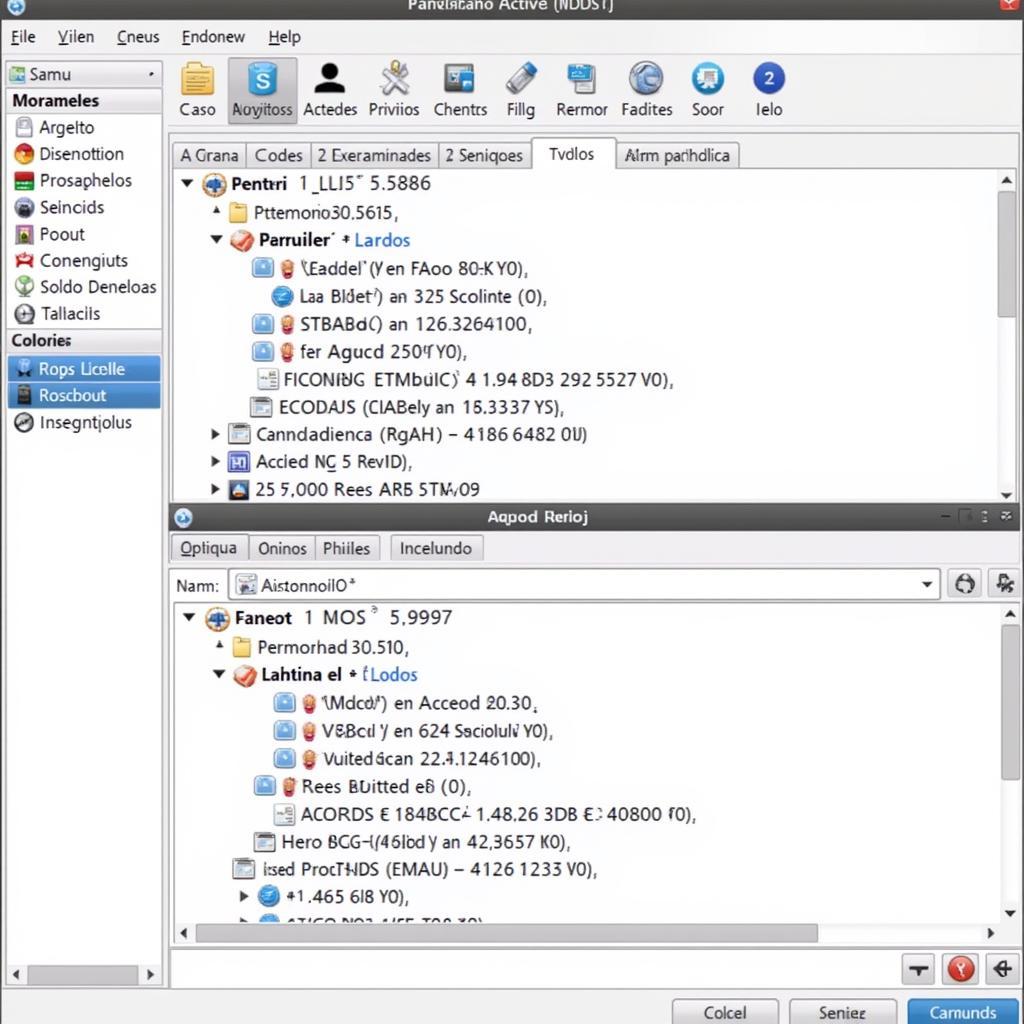Immobilizers are a critical part of your car’s anti-theft system. They work by preventing the engine from starting unless the correct key is present. But what happens when you need to program a new key or make changes to the immobilizer system? This is where VCDS (Vag-Com Diagnostic System) comes in. This article will delve into the world of VCDS immobilizer programming, covering everything from the basics to advanced techniques.
Understanding VCDS and Immobilizers
Before we dive into the programming process, it’s important to understand what VCDS is and how immobilizers work. VCDS is a powerful diagnostic and programming software for Volkswagen Audi Group (VAG) vehicles. It allows you to communicate with your car’s various control modules, including the immobilizer.
Immobilizers, on the other hand, use a transponder chip in the key that communicates with the vehicle’s engine control unit (ECU). If the ECU doesn’t recognize the key, it won’t allow the engine to start.
 Car Immobilizer System
Car Immobilizer System
VCDS Immobilizer Programming: What Can You Do?
VCDS offers a range of immobilizer-related functions, including:
- Key adaptation: Adding new keys to the system when you have a working key.
- Key matching: Replacing a lost key or synchronizing keys.
- Immobilizer component coding: Installing a new immobilizer control module or replacing related components.
- Troubleshooting: Diagnosing and resolving immobilizer-related fault codes.
How VCDS Immobilizer Programming Works
The specific steps for VCDS immobilizer programming vary depending on the vehicle model and year. However, the general process involves:
- Connecting your VCDS interface to your car’s OBD-II port and your computer.
- Launching the VCDS software and establishing communication with your car.
- Selecting the correct control module for your car’s immobilizer system.
- Following the on-screen prompts to perform the desired programming function.
 Connecting VCDS to Car
Connecting VCDS to Car
Important Note: VCDS immobilizer programming requires a security access code (also known as a PIN or SKC code). This code is unique to your vehicle and is usually found in your car’s documentation or can be obtained from the dealer or a specialized service.
Benefits of Using VCDS for Immobilizer Programming
- Cost-effective: VCDS can save you money compared to dealership programming fees.
- DIY-friendly: With some technical know-how, you can program your immobilizer at home.
- Flexibility: VCDS offers a wider range of functions than some aftermarket tools.
Risks and Precautions
While VCDS is a powerful tool, it’s essential to proceed with caution:
- Incorrect programming can potentially disable your car’s immobilizer or other systems.
- Always double-check procedures and security codes before making any changes.
- If you are unsure about any step, it’s best to consult with a qualified automotive electrician.
 Car Immobilizer Key
Car Immobilizer Key
Frequently Asked Questions
Q: Can I program a used immobilizer with VCDS?
A: In most cases, no. Immobilizers are typically paired with the vehicle’s ECU from the factory.
Q: I’ve lost all my keys. Can VCDS help?
A: This situation is more complex. You might need additional specialized equipment and expertise.
Q: Can I get my SKC code online?
A: While some websites claim to provide SKC codes, it’s best to obtain them from trusted sources like your dealer or a reputable automotive locksmith to ensure security.
Expert Insight:
“VCDS is an invaluable tool for anyone working with VAG vehicles,” says John Miller, a senior automotive electrician at [Name of Fictional Auto Repair Shop]. “However, it’s crucial to use it responsibly and understand the potential risks involved in immobilizer programming.” – John Miller, Senior Automotive Electrician

